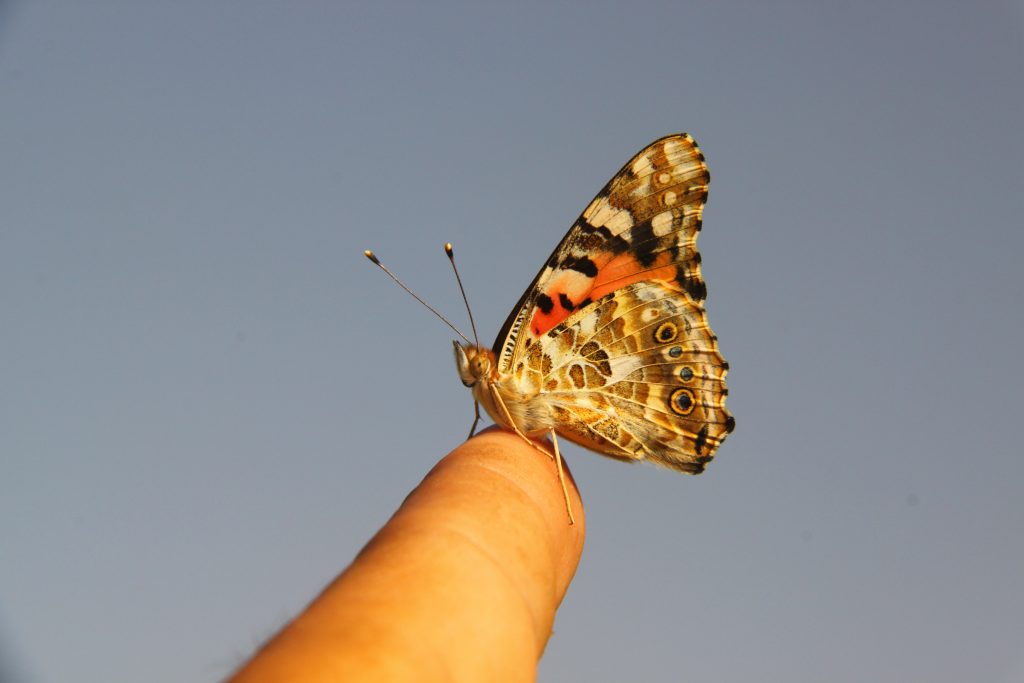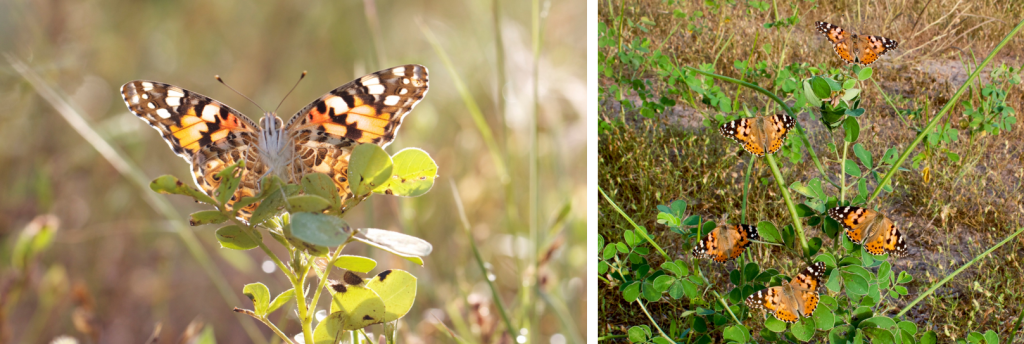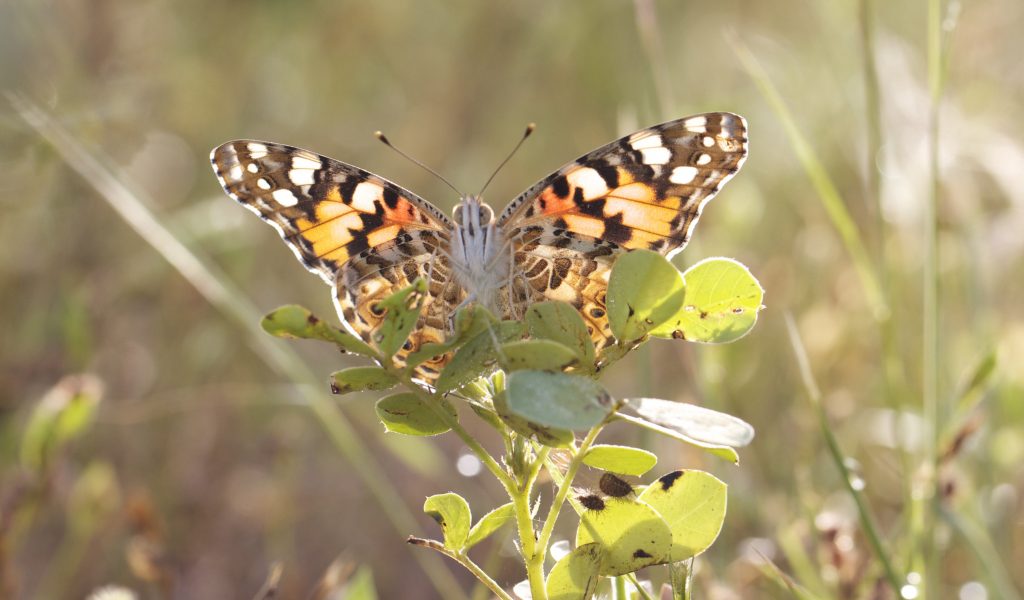The butterfly effect: excessive vegetation in Arabia triggered massive butterfly migrations in 2019 across Europe and Africa
• Researchers from the Botanical Institute of Barcelona (CSIC) trace butterfly migration routes using pollen DNA.
• The painted lady butterfly (Vanessa cardui) undertakes the longest migrations among insects, covering up to 15,000 kilometers in a multigenerational cycle.

Throughout much of 2019, Europe was filled with migrating butterflies. Specifically, millions of Vanessa cardui butterflies (the painted lady) created an extraordinary natural spectacle that left a lasting impression on the collective memory of many countries. Now, an international team of researchers have unraveled the origin of this demographic explosion and how these butterflies spread across several continents.
The study, led by researchers from the Botanical Institute of Barcelona (IBB, CSIC-CMCNB), a joint center of the Spanish National Research Council and the Natural Sciences Museum of Barcelona, analyzed the DNA of pollen grains carried by hundreds of butterflies across 10 different countries over seven months in 2019.
Using mass DNA sequencing techniques or metabarcoding, the researchers identified pollen from up to 398 different plant species, many of which were not present where the butterflies were collected, being native to distant regions. By studying the distributions of these plants, the researchers identified the origins and routes of the butterflies. The presence of plants endemic to the Middle East revealed the original focus of the migrations in this region. This finding coincided with numerous citizen observations describing clouds of butterflies migrating from the eastern Mediterranean to Eastern Europe.
To understand the possible mechanisms behind the massive butterfly explosion, the researchers used satellite imagery. According to Roger López-Mañas, co-first author of the article, “the analysis of satellite images taken over the past 20 years allowed us to detect that vegetation growth levels in early 2019 were exceptionally high in the Middle East, covering large desert areas in green. The butterflies must have taken advantage of this anomaly to lay eggs on these plants: they arrived at the right place at the right time”.
The painted lady butterfly (Vanessa cardui) migrates annually through successive generations, completing migratory cycles between tropical Africa and Europe covering up to 15,000 km. The demographic explosion of 2019 had a cascading effect throughout Europe. By May, massive migrations were already observed in Scandinavia and Russia, and by the end of June, they were noticeable in the United Kingdom and the Pyrenees. Pollen analysis showed that butterflies collected in Scandinavia had visited flowers of typically Mediterranean or Eastern European plants, while those collected in the Iberian Peninsula showed pollen from Northern Europe. With this data, and through statistical and ecological modeling techniques, the researchers were able to generate probabilistic maps of the routes taken by the different butterfly generations across the continent.

Monitoring Insect Migration is Ecologically Important
Tracking the migratory movements of insects poses significant technical challenges. However, these movements are ecologically important as insects act as pollinators, biomass transfer agents to soils, food for other species, potential agricultural or forest pests, and possible transmitters of parasites. Despite their importance, these movements often go unnoticed, and there are no established protocols for systematically monitoring them.
This discovery exemplifies the potential impact of insect migrations, involving ecological processes across vast regions and even continents. “Our results demonstrate the interconnectedness of our borders and ecosystems. Insect population explosions in one place can have consequences in other regions and times due to their migration” – explains Gerard Talavera, the study leader. “The extraordinarily favorable conditions found by the painted lady butterflies for breeding in the Middle East in early 2019 had repercussions in the Canary Islands in October, with an exceptional migratory flow of these butterflies after several generations having traveled across Europe”.
The study also highlights the importance of citizen science. Contributions from hundreds of observers in many countries, who recorded their findings on digital platforms, corroborated the researchers’ results obtained through pollen analysis. The team from the Botanical Institute of Barcelona coordinates a citizen science program to collect data on observations of larvae and adult migratory butterflies worldwide through the website http://www.butterflymigration.org. “Only through collective observation, coordinated among observers from different countries, will it be possible to obtain a complete understanding of the migration phenomenon“, adds Gerard Talavera.
Reference Article:
Gorki JL, López-Mañas R, Sáez L, Menchetti M, Shapoval N, Andersen A, Benyamini D, Daniels S, García-Berro A, Reich MS, Scalercio S, Toro-Delgado E, Bataille CP, Domingo-Marimon C, Vila R, Suchan T, Talavera G. (2024). Pollen metabarcoding reveals the origin and multigenerational migratory pathway of an intercontinental-scale butterfly outbreak. Current Biology. https://doi.org/10.1016/j.cub.2024.05.037
















